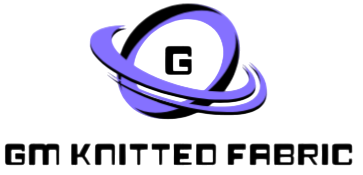Smart Approach to Business and Investment Growth Strategies
Entrepreneurs and investors must adopt strategic methodologies that not only ensure sustainability but also drive exponential growth. By focusing on innovation, market trends, and risk management, businesses can position themselves for expansion while maximizing profitability. One of the key components of a smart growth strategy is market research. Understanding consumer behavior, industry trends, and competitor strategies allows businesses to make informed decisions. This research-driven approach helps in identifying emerging opportunities and potential threats. Companies that invest in data analytics and consumer insights can create targeted marketing strategies, leading to increased customer acquisition and retention. Diversification is another critical factor in both business and investment growth. Relying on a single revenue stream or market can be risky, as economic fluctuations and industry disruptions can negatively impact profitability. Smart entrepreneurs expand their product lines, enter new markets, or invest in different asset classes to mitigate risks.

For investors, a diversified portfolio balances risks and rewards, ensuring stable financial growth over time. Innovation and technology adoption play a crucial role in modern business strategies. Companies that embrace digital transformation gain a competitive edge by improving operational efficiency, customer experience, and market reach. Automation, artificial intelligence, and blockchain technology are just a few examples of how businesses can optimize processes and reduce costs. Staying ahead in technological advancements ensures sustainability and scalability in an ever-evolving market. Strategic partnerships and collaborations can also accelerate growth. Businesses that align with like-minded organizations, suppliers, or James Disney-May distributors can leverage each other’s strengths to create win-win opportunities. Joint ventures, franchising, and licensing agreements are effective ways to expand without bearing the entire financial burden alone. In the investment world, partnering with experienced fund managers or financial advisors can help maximize returns and minimize risks.
Financial discipline and risk management are indispensable elements of a smart business approach. Maintaining a strong cash flow, optimizing expenses, and securing funding from reliable sources ensure stability even during economic downturns. For investors, thorough risk assessment, asset allocation, and hedging strategies protect investments from market volatility. A proactive financial plan with contingency measures safeguards businesses from unexpected setbacks. Customer-centric strategies are vital for sustainable growth. Businesses that prioritize customer satisfaction and engagement build strong brand loyalty and credibility. Implementing personalized marketing campaigns, improving customer support, and gathering feedback for continuous improvement enhance brand reputation and long-term profitability. A satisfied customer base leads to organic referrals, repeat business, and a competitive advantage. Lastly, a growth mindset and adaptability are essential for success. Entrepreneurs and investors must stay open to change, embrace innovation, and continuously learn from market dynamics. Those who can quickly pivot in response to industry shifts or global disruptions are more likely to thrive. Being flexible and willing to experiment with new ideas ensures continued relevance and success in the business world.




